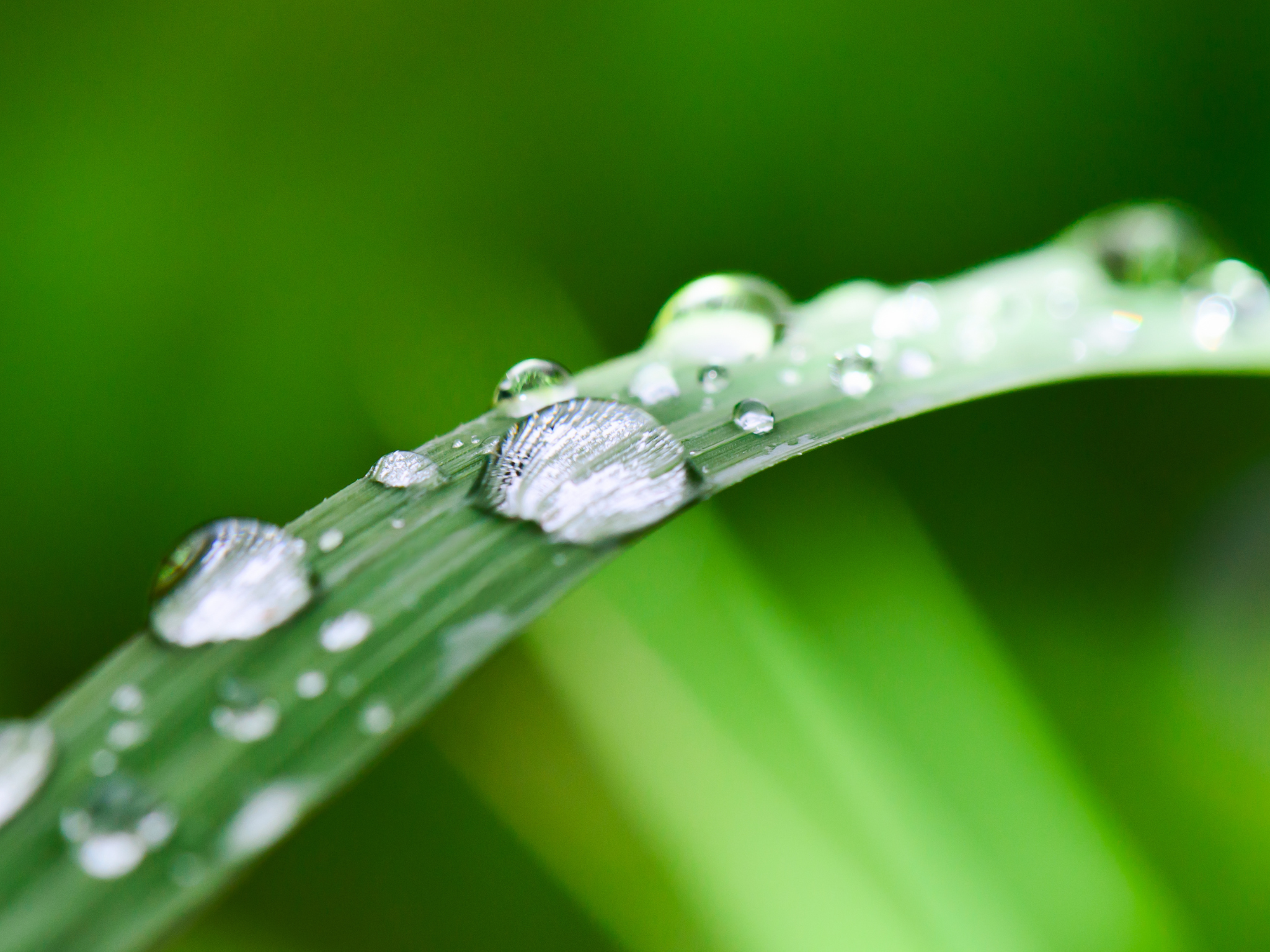Foliar feeding is a method of providing nutrients to plants by applying them to the leaves rather than to the soil. This can be an effective way to correct nutrient deficiencies or to provide a quick boost of nutrients to plants during periods of stress. The process of foliar nutrient uptake involves several steps that are influenced by plant biology.
First, the nutrients must be in a form that can be absorbed by the plant. Most foliar nutrients are in the form of soluble salts or chelates, which can be dissolved in water and sprayed onto the leaves. These nutrients can be taken up by the plant through small pores on the surface of the leaves called stomata.
Once the nutrients are on the leaves, they must be able to penetrate the cuticle, which is a waxy layer that covers the surface of the leaves. The cuticle is designed to prevent water loss from the plant, but it can also limit the uptake of foliar nutrients. To overcome this barrier, some foliar fertilizers contain surfactants, which can help to break down the waxy cuticle and allow the nutrients to enter the plant.
After the nutrients have entered the plant, they must be transported to the site of action. In most cases, the nutrients are transported through the phloem, which is a specialized tissue that carries sugars and other nutrients from the leaves to the rest of the plant. Once the nutrients reach their destination, they can be used to support various plant processes, such as photosynthesis, respiration, and growth.
Foliar nutrient uptake can offer several benefits for plants. When the right type of nutrient is applied, foliar uptake can be a highly efficient method of delivery, especially for mobile nutrients like nitrogen and potassium. Nutrients can be quickly transported to where they are needed, promoting optimal plant growth and health.
In addition to these factors, the timing of foliar nutrient application is also important. Foliar feeding is most effective when the leaves are actively growing and transpiring, which allows the nutrients to be rapidly taken up and transported throughout the plant. Applying foliar nutrients during periods of stress, such as drought or heat, can also help to alleviate the effects of stress on the plant and promote recovery.
In conclusion, the process of foliar nutrient uptake involves several steps that are influenced by plant biology, including nutrient solubility, cuticle penetration, nutrient transport, and nutrient use. Foliar feeding is a highly effective way to provide nutrients to plants, and can rapidly correct nutrient deficiencies, particularly when plants are stressed or growing rapidly.



